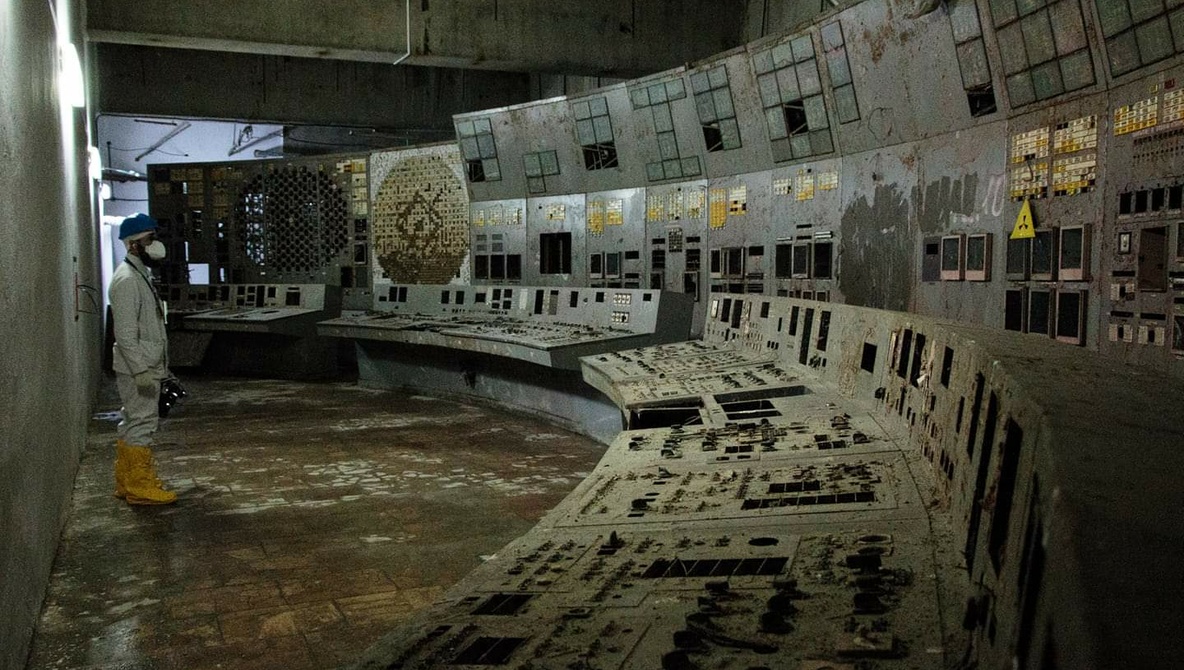The Caspian Sea Monster – Soviet Union’s Odd Half Boat Half Plane
During one of the most intense periods in the Cold War, United States intelligence spotted a concerning vehicle during a mission over the Caspian Sea. As a spy satellite hovered over a Soviet naval base, it took images of an aircraft unlike anything seen in the west before. It was over 100 meters long and had unique stubby, square wings? What could this giant be? Let’s take a look.
The Caspian Sea Monster could fit five crew members and had the capacity for 50 people. Photo: Getty ImagesRaising eyebrows
Initially, officials thought the aircraft could be a standard plane, perhaps even a seaplane. However, the size of the unfinished production made them think again. According to the BBC, analysts realized that once the aircraft was completed, it wouldn’t be able to fly so high. Moreover, the engines were found well forward of the wing.
The Caspian Sea Monster was an entirely different ball game. The build was an ekranoplan. This is a wing-in-ground effect (WIG) craft. It was designed to fly at a high velocity just a few meters above the level of the sea.
The ground-effect technology sees the wing creating a dynamic cushion of air when it’s close to the ground and the plane effectively rides on top of this. Overall, it can be an efficient way of flying as it can increase lift by as much as 40%
The aircraft had a length of, 92.00 m (301 ft 10 in), a height of 21.80 m (71 ft 6 in), a wingspan of 37.60 m (123 ft 4 in), a tail stabilizer span of 37 m (121 ft 5 in), and a wing area of 662.50 m2 (7,131.1 sq ft). Photo: К.Е.Сергеев via Wikimedia CommonsThe race for power
Soviet designer and inventor Rostilav Alexeyev, a powerhouse when it comes to modern hydrofoils, was behind the concept. The ekranoplan would travel at high speed just above the surface but below enemy radar. It would also be immune to mines, torpedoes, and anti-submarine nets.
Due to the aircraft’s abilities and the Soviet Union eagerness to get one over its rivals, leader Nikita Khrushchev expressed his support for the project and gave it an open checkbook. He even boasted that he had boats that could jump over bridges! The Central Hydrofoil Design Bureau worked extensively on the experimental aircraft, which was being called Korabl Maket (KM), which roughly translates as “prototype ship.”
KM’s empty weight was 240,000 kg (529,109 lb) and its max takeoff weight was 544,000 kg (1,199,315 lb). A whopping 10 Dobrynin VD-7 turbojets with 127.53 kN (28,670 lbf) thrust each helped the aircraft reach a performance maximum speed of 500 km/h (310 mph, 270 kn), a cruise speed: 430 km/h (270 mph, 230 kn) and a range of 1,500 km (930 mi, 810 NM). Moreover, the unit’s ground effect altitude was 4–14 m (13 ft 1 in–45 ft 11 in) while its maximum sea state was 1.2 m (3 ft 11 in).
A turn of events
Unusual aircraft of this type were dubbed as Sea Monsters previously by US intelligence as the Soviet Union experimented with behemoths in the Caspian Sea. However, once KM was spotted, alarms were further raised.
A CIA report from the end of 1988, which was notably a year before the fall of the Berlin Wall – considered that the original utilization of the ekranoplans to the Soviet Baltic, and Black Sea Fleets was due to start in the early 1990s. However, as we know now, history would go in another direction.
“Only later, in the late 1960s, was the Sea Monster’s raison d’être discovered. In 1966 a new and even larger seaplane was identified, also in the Caspian Sea. This truly monstrous newcomer was given the same name that had been bestowed on its predecessor,” states a document titled An Intelligence Estimative Record, shared by the CIA.
In October 1966, the aircraft conducted its maiden flight and accelerated at 400 km/h. However, despite the progress in testing, the project’s support soon started to fade away. Leonid Brezhnev became the head of the Soviet Union in 1964, and he wasn’t so impressed with the ideas.
Stay informed: Sign up for our daily and weekly aviation news digests!
The Bureau subsequently went in a slightly different direction. It designed the A-90 Orlyonok, which was a smaller production, but still a grand unit, standing at 80% the size of a Boeing 747.
Additional experiments
Inspired by KM, the group also developed another military ekranoplan. This is an anti-aircraft vehicle titled Lun, which weighs 280 tons and is 74 meters long. Noticeably, it is fitted with six rocket launchers that could engage with enemy ships.
The Lun is also an impressive sight. Photo: Getty ImagesIn 1975, during a test flight on an Orlyonok fell off. Despite Alexeyev helping to avert danger during the mission, Soviet leadership blamed him for the incident and removed him as chief of his Bureau.
Alexeyev would pass away in 1980 while testing another ekranoplan. At the end of the same year, the KM prototype also saw the end of its life, crashing into the Caspian Sea during a test flight.
“The new Caspian Sea Monster, flight tested in the autumn of 1966 and subsequent years until it crashed and sank in 1980, was soon identified as a hovercraft or hydroplane, a “surface effects” craft that flew low above the sea or land. It was powered by conventional turbojet engines (the reliable Dobrynin VD7, the same engine used to power the four-engine Bison bomber). – adds the CIA’s An Intelligence Estimative Record document.
Last summer, the sole finished MD-160 Lun-class ekranoplan was towed from the Kaspiysk naval base to Derbent, Dagestan, watching over its predecessor that sits at the bottom of the sea. Photo: Getty ImagesA bygone era
Altogether, these ekranoplans remind us of a critical time in history where innovations were rife with superpowers trying to outdo each other. The Soviet Union was a firm believer in the power of the aircraft, and experiments such as these show that they weren’t scared to think out of the box.
What are your thoughts about the Caspian Sea Monster? Are there any other unusual aircraft types that you’ve come across over the years? Also, do you feel that there is a space for something similar such as these previous models in the future of aviation? Let us know what you think of these builds in the comment section.
—————
TRANSCOM – Sigma HSE Email
Register UK names for just £2.99 a year
Check our Premium Domains and Freebies






